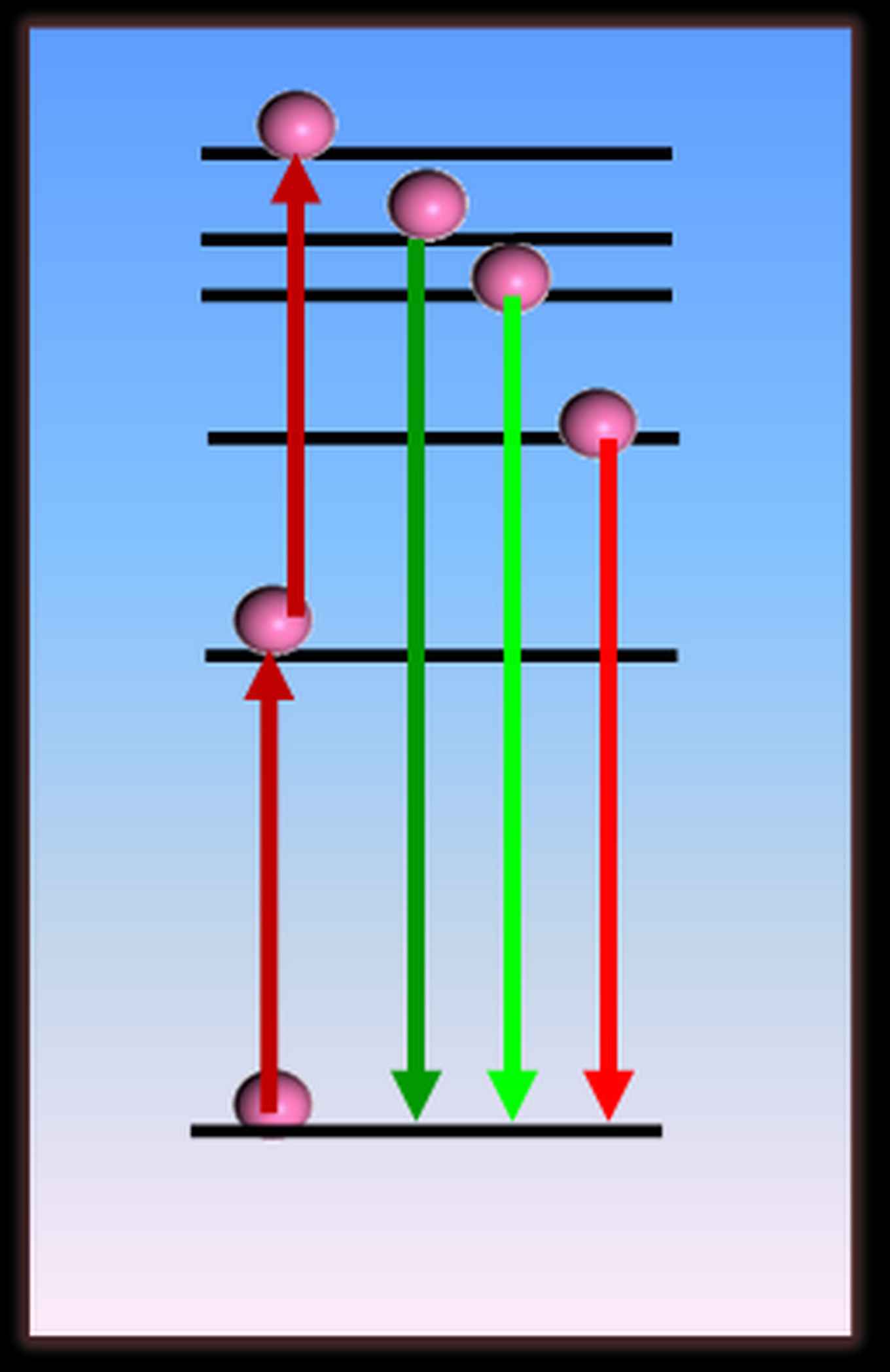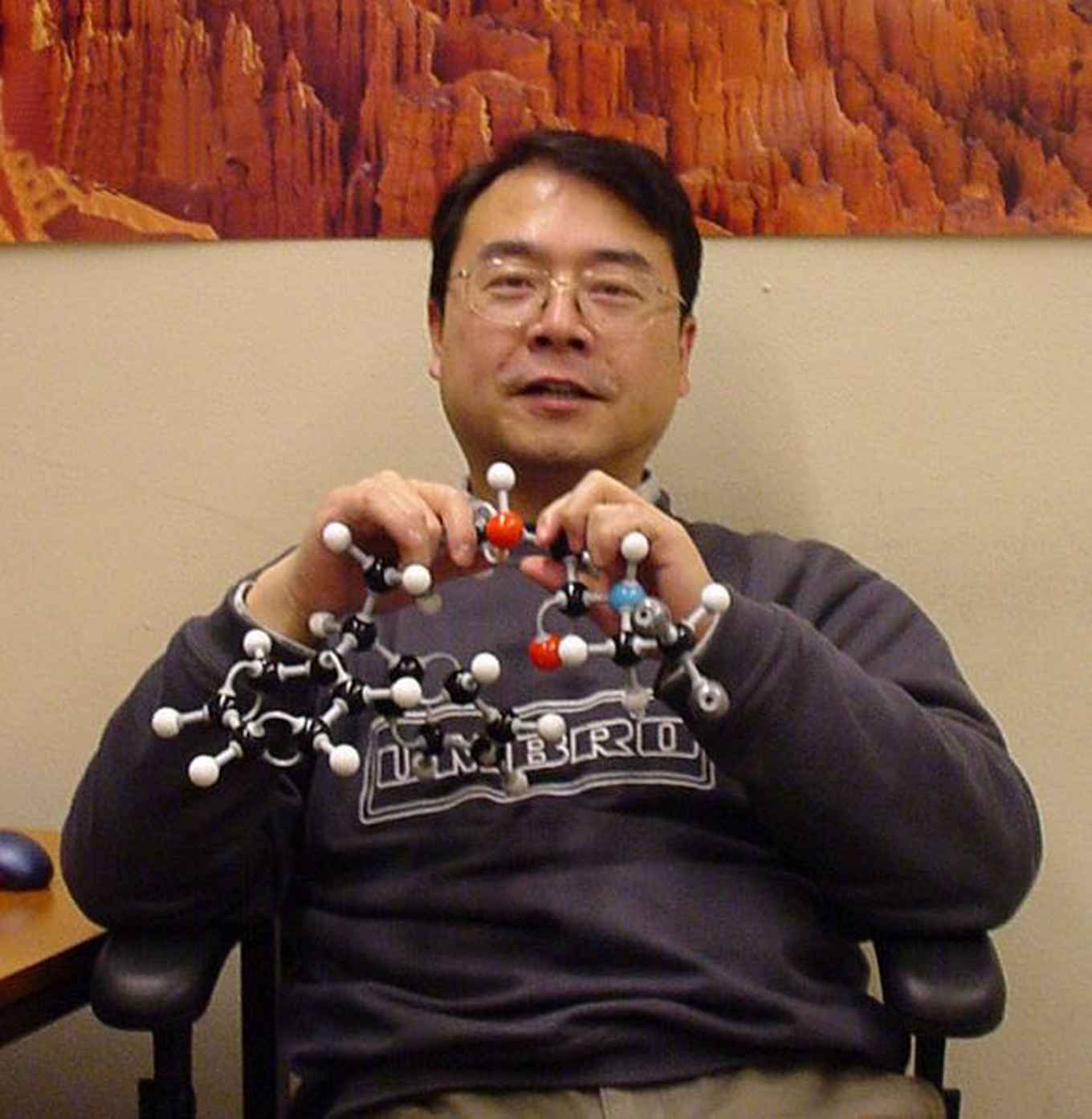European Network on Upconversion Nanomaterials established
Synergy between photons and scientists
20 May 2014

The full description of the project is “The European Upconversion Network: from the design of photon-upconverting nanomaterials to (biomedical) applications”. It is a joint research effort of 31 academic and industrial partners who for the next four years will improve so-called upconversion nanomaterials by
- standardising methods for their preparation and characterization;
- tailoring instrumentation for detection and analysis;
- determining their nanotoxicity;
- developing new applications; and
- commercialising the new materials.
The cooperative and concerted research involves physicists, chemists, biologists and engineers from academics as well as the private sector.
Medicine and solar energy
Upconversion is a luminescence process in which one photon is emitted upon absorption of several lower energy photons.
In recent years new nanometer-size upconversion materials have been boosting the scientific interest. This typically concerns nanomaterials doped with lanthanide ions, e.g. NaYF4 doped with Yb3+, Er3+ etc. In these systems it has been shown that upconverted emissions spanning the ultraviolet (UV) to near-infrared (NIR) spectral region can readily be generated by a continuous wave milliwatt NIR laser light.
This upconversion scheme, combined with the fact that excitation can take place in the so-called “optical window” of human tissue, sparks interest in medical applications. Significant improvement is expected in the quality of optical imaging, labelling and therapy. For this the nanomaterials will be constructed as multifunctional nanoplatforms, integrating specific functionalities for targeting, imaging and therapy respectively.
The materials also have a high potential for manipulating the solar spectrum in order to enhance solar energy utilization.

Dr. Hong Zhang is associate professor at HIMS/UvA and professor at the Changchun Institute of Optics, Fine Mechanics and Physics/Chinese Academy of Sciences. He is also “NENU scholar” chair professor at Northeast Normal University. His research is focused on the luminescence dynamics of space-confined systems and the development of (bio-)functional photonic nanomaterials. In recent years his research groups at the UvA and the CAS have been focusing on the optimization of upconversion nanomaterials and, together with medical centers such as the AMC, VUmc, and LUMC, on relevant applications in cancer diagnosis and therapy.
COST
COST is the intergovernmental framework for European Cooperation in Science and Technology, allowing the coordination of nationally-funded research on a European level. It contributes to reducing the fragmentation in European research investments and opening the European Research Area to cooperation worldwide.
“The European Upconversion Network: from the design of photon-upconverting nanomaterials to (biomedical) applications” has been approved as COST Action number CM1403.